To address this, I led a three-phase service design project.
- In Phase 1, I worked with medical students to understand what made CBR so difficult. We found gaps in training, mentorship, and project framing that made meaningful work hard to achieve.
- In Phase 2, I zoomed out to examine the larger system. Using journey maps, service blueprints, and survey data, I uncovered deeper misalignments between students, faculty, and community partners.
- In Phase 3, I brought these groups together through co-creation workshops. The ideas developed here became the basis for a new pilot program.
I worked closely with a CBR expert and stakeholders to refine ideas and iteratively shape a minimum viable service that aligned with curriculum needs and real-world constraints. The result is CONNECT, a nine-week program that prepares students and community partners to collaborate on research. It offers hands-on training, shared learning spaces, and dedicated time for project development. By using an existing slot in the academic calendar, CONNECT increases community engagement without adding to the student workload. It is now being
piloted at MCG’s Southeast Campus.
- For students, CONNECT provides practical skills and confidence to engage ethically with communities. It helps shift research from a task to a meaningful experience.
- For communities, the program creates space for early involvement and shared ownership, making research more relevant and lasting.
- For medical schools, CONNECT offers a replicable model that strengthens research outcomes and supports long-term partnerships.
This project began with a simple question about research but led to deeper questions about how medical education prepares doctors to face real-world challenges. By designing within existing constraints and involving all stakeholders, CONNECT shows what is possible when systems begin to shift from the inside out.
The project underscored the value of facilitation and co-creation in bridging gaps and building trust. Service design proved to be a powerful lens, helping leaders see the bigger picture, connect the dots, and move from surface fixes to systemic change.


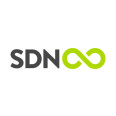
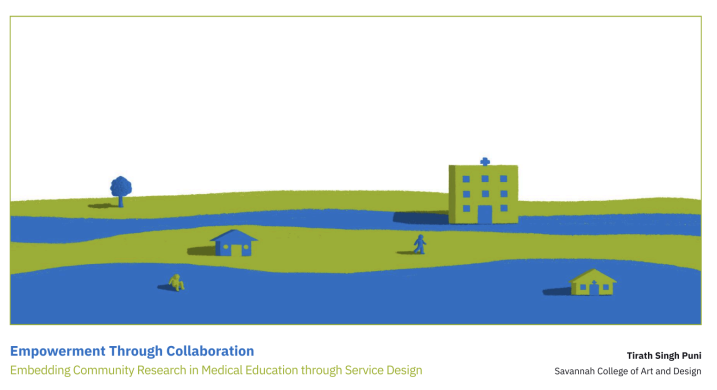
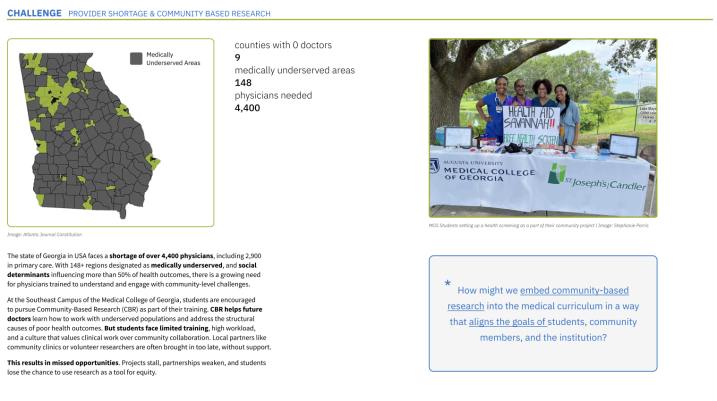
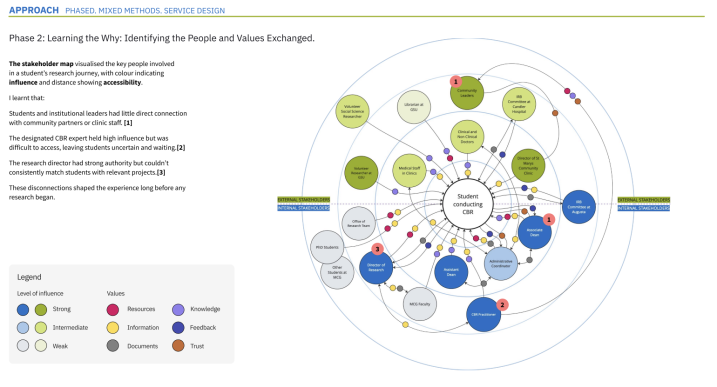
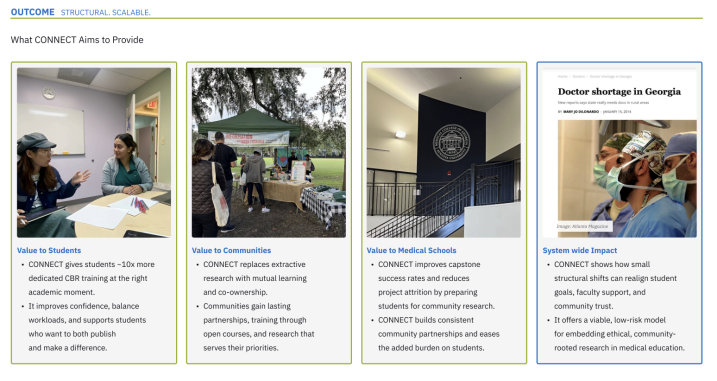

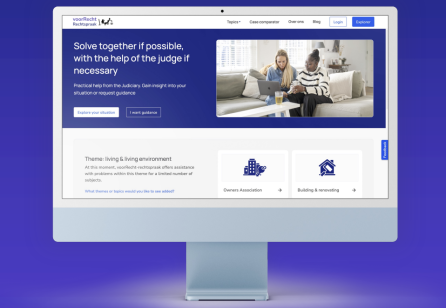

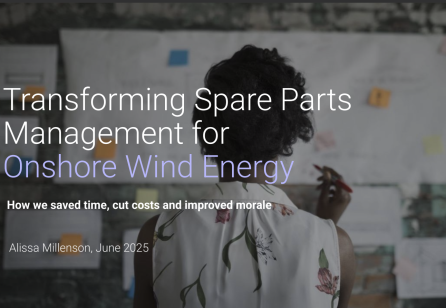

Share your thoughts
0 RepliesPlease login to comment